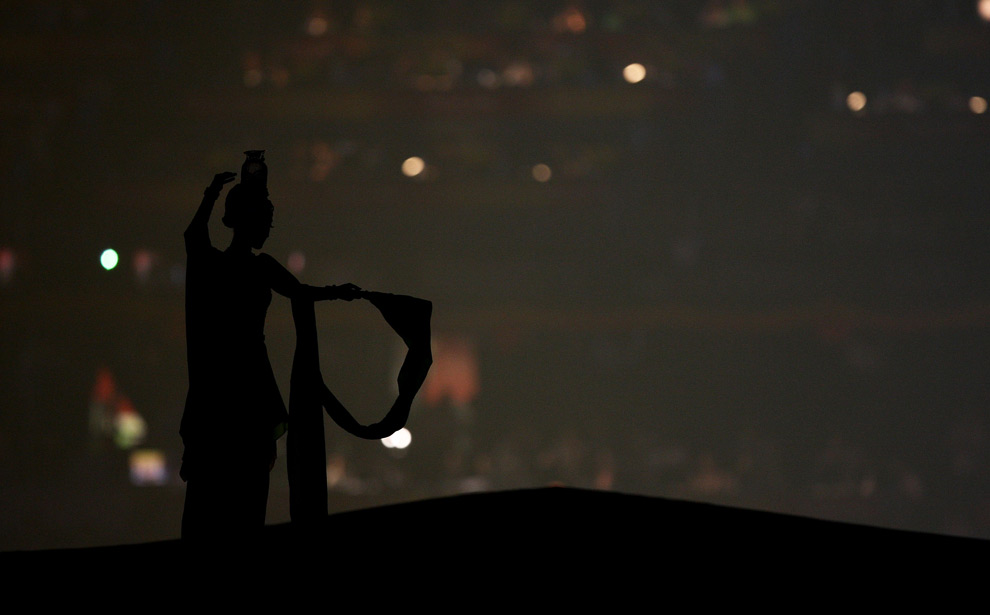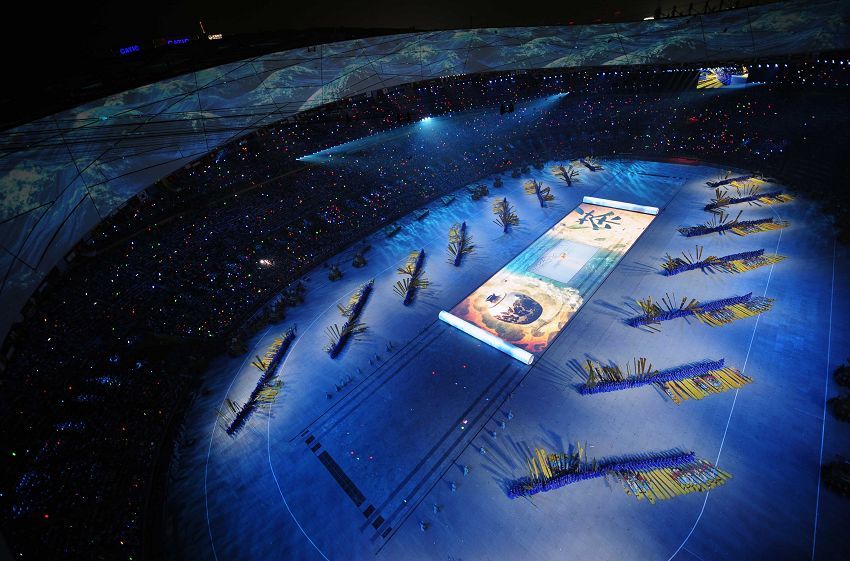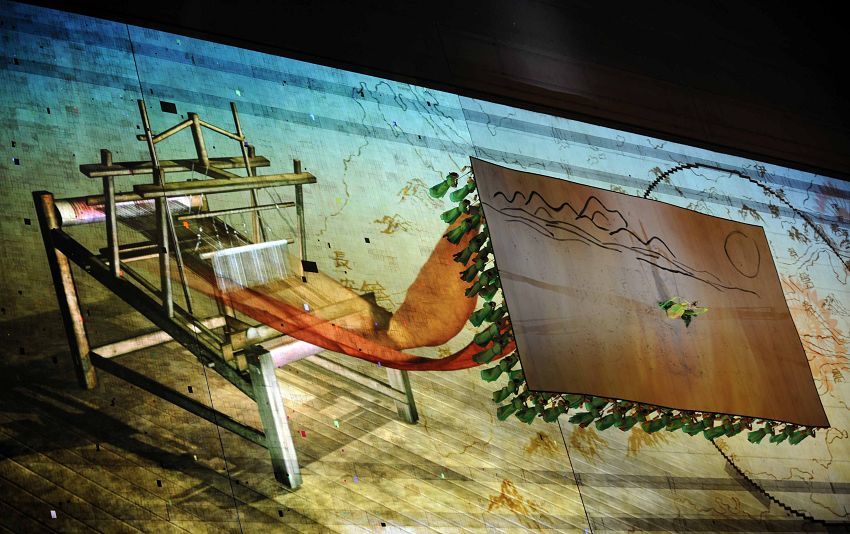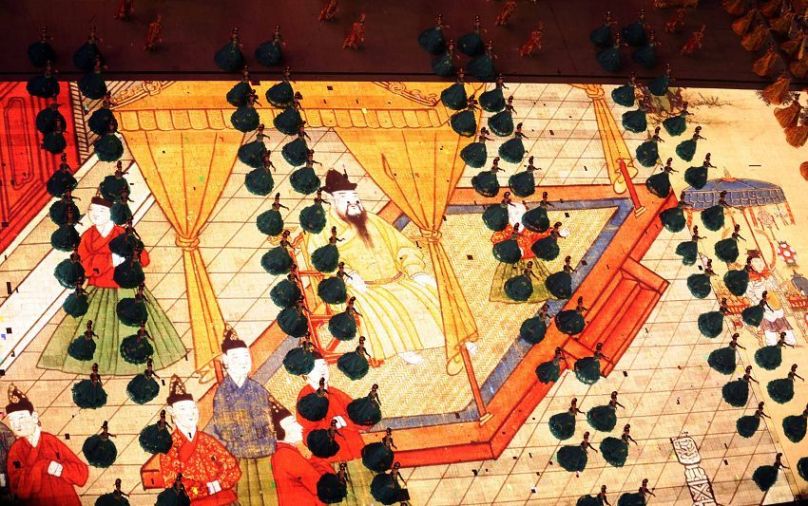

























picture resourse: Getty images and Xinhua She
people use things in ways never imagined by designers or inventors.this blog is to capture how people create and design in daily life and to tip my hat to the ingenuity
Friend emailed me the following story, which makes me think: when we design an interactive experience or product usability, we probably should take user's mental model and educated intellectual capacity into consideration in testing. Besides the importance to designers and researchers, the understanding of the kids/generation who grow up in this digital age, who learn, think, work, communicate and socialize digitally will be of growing importance to educators, strtegists, marketing folks. The social practices that are being created around this digital interaction might unfolding another kind of innovation ecologies.
"Fifty Years of Math 1957 - 2007
Last week I purchased a burger at Burger King for $1.58. The counter girl took my $2 and I was digging for my change when I pulled 8 cents from my pocket and gave it to her. She stood there, holding the nickel and 3 pennies, while looking at the screen on her register. I sensed her discomfort and tried to tell her to just give me two quarters, but she hailed the manager for help. While he tried to explain the transaction to her, she stood there and cried.
Why do I tell you this? Because of the evolution in teaching math since the 1950s:
1. Teaching Math In 1950s
A logger sells a truckload of lumber for $100. His cost of production is 4/5 of the price. What is his profit ?
2. Teaching Math In 1960s
A logger sells a truckload of lumber for $100. His cost of production is 4/5 of the price, or $80. What is his profit?
3. Teaching Math In 1970s
A logger sells a truckload of lumber for $100. His cost of production is $80. Did he make a profit?
4. Teaching Math In 1980s
A logger sells a truckload of lumber for $100. His cost of production is $80 and his profit is $20. Your assignment: Underline the number 20.
5. Teaching Math In 1990s
A logger cuts down a beautiful forest because he is selfish and inconsiderate and cares nothing for the habitat of animals or the preservation of our woodlands. He does this so he can make a profit of $20. What do you think of this way of making a living? Topic for class participation after answering the question: How did the birds and squirrels feel as the logger cut down their homes? (There are no wrong answers, and if you feel like crying, it's ok.)
6. Teaching Math In 2007
Un hachero vende una carretada de Madera para $100. El costo de la producciones es $80. Cuanto dinero ha hecho?"
 If you take a close look at the picture taken at Phoenix Skyharbor airport, US, the freewalk way to the left of the escalator, people habitually walk on the right side. However, the sign hanging down from the ceiling is clearly warns/guides people to 'Walk On Left, Stand On Right", which is aganist people's daily behavior routine/habit. Even just passing the warning sign, people still naturally Walk On the Right (as seen on the picture). If you have ever experienced this escalator, you will probably agree with me that when you do walk on the left, it is awkwardly user unfriendly to have someone pass by on the right. To make the experience worse is when the person is pulling a luggage.
If you take a close look at the picture taken at Phoenix Skyharbor airport, US, the freewalk way to the left of the escalator, people habitually walk on the right side. However, the sign hanging down from the ceiling is clearly warns/guides people to 'Walk On Left, Stand On Right", which is aganist people's daily behavior routine/habit. Even just passing the warning sign, people still naturally Walk On the Right (as seen on the picture). If you have ever experienced this escalator, you will probably agree with me that when you do walk on the left, it is awkwardly user unfriendly to have someone pass by on the right. To make the experience worse is when the person is pulling a luggage.